In copywriting and content marketing, the savvy use of trigger words, also known as power words, can be a game-changer. These words have a potent effect on readers, instantly grabbing their attention and influencing their actions. In marketing psychology, trigger words are phrases strategically chosen to elicit specific emotions or memories in the audience.
The Power of Emotional Trigger Words:
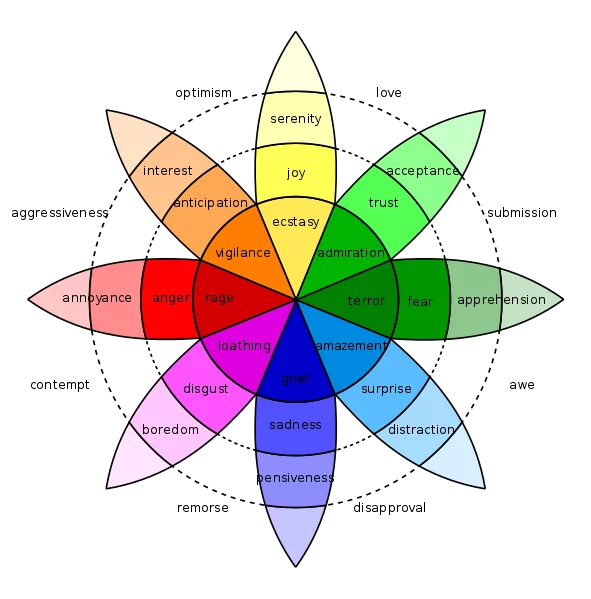
Emotional trigger words have the remarkable ability to elicit immediate positive reactions from web visitors. Whether it’s prompting a purchase, a like, or a click, these words leave a lasting impression on the audience. By integrating trigger words into various marketing elements such as popup messages, CTAs, and landing pages, marketers can harness psychological triggers to compel readers to take desired actions, whether it’s making a purchase, sharing content, signing up, clicking a link, or subscribing to a service.
Benefits of Trigger Words:
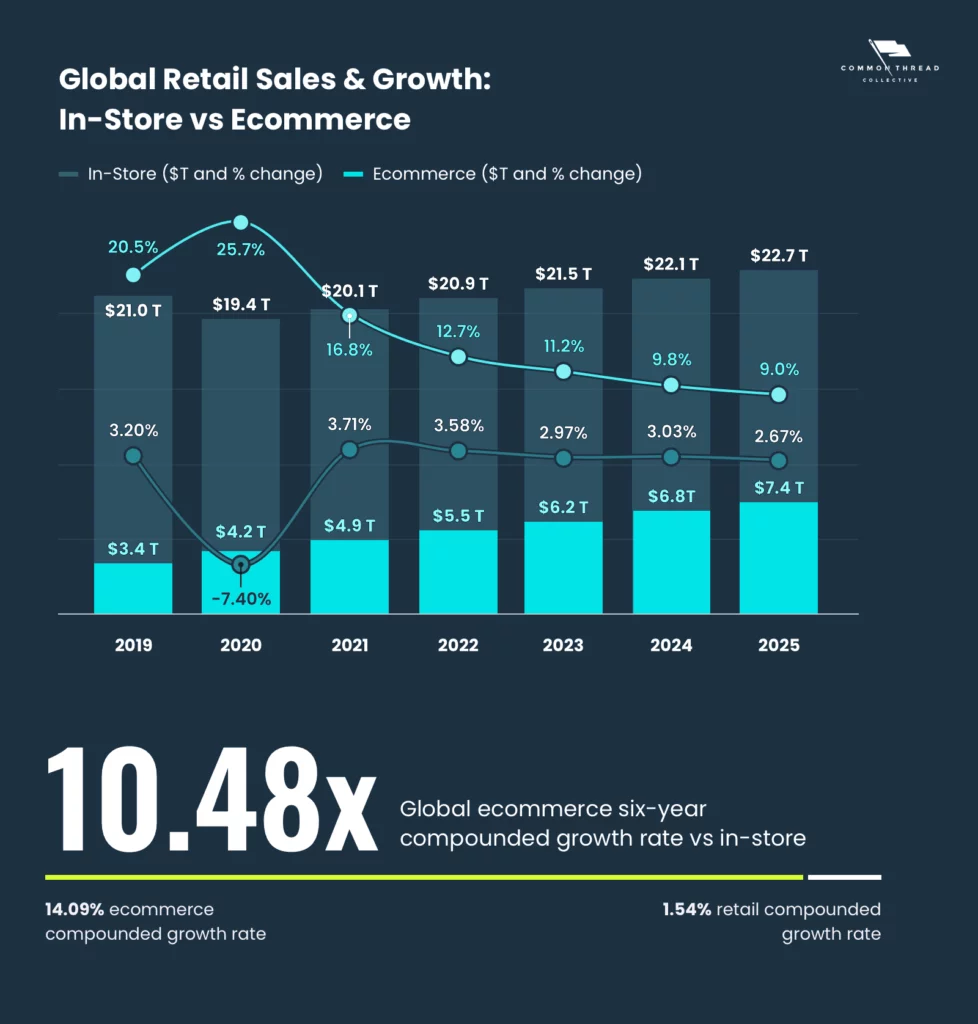
- Attention-grabbing: Trigger words are highly effective at capturing the audience’s attention. They are outstanding amidst the sea of content, drawing the reader in and enticing them to continue reading or exploring further.
- Emotional Engagement: Trigger words evoke emotions in the reader, leading to heightened engagement with the content. By tapping into the reader’s feelings, trigger words create a connection that resonates deeply, fostering a sense of empathy or understanding.
- Increased Conversions: One primary benefit of trigger words is their ability to drive conversions. By compelling readers to take action, whether it’s making a purchase, signing up for a newsletter, or clicking on a link, trigger words can significantly improve conversion rates and ultimately contribute to business growth.
- Enhanced Persuasion: Trigger words are inherently persuasive, influencing the reader’s decision-making process. By appealing to the reader’s desires, needs, and aspirations, trigger words can sway opinions, encourage positive associations, and motivate action.
- Improved Brand Recall: Trigger words have the power to leave a lasting impression on the audience, making your brand more memorable. When used strategically and consistently across marketing channels, trigger words help reinforce brand identity and enhance brand recall among consumers.
- Effective Communication: Trigger words are concise and impactful, making them an effective tool for communication. Whether you’re crafting marketing copy, social media posts, or email campaigns, trigger words can help convey your message clearly and succinctly, ensuring maximum impact and engagement.
- Versatility: Trigger words can be adapted to suit various marketing objectives and target audiences. Whether you’re aiming to generate leads, increase sales, or build brand awareness, trigger words can be tailored to align with your goals and resonate with your target demographic.
- Differentiation: In today’s competitive landscape, it’s essential to stand out from the crowd. Trigger words can help differentiate your brand and content, making it more compelling and memorable to consumers.
Top Trigger Words of 2024:
1. Best

The word “best” holds significant sway in marketing, instantly captivating readers’ attention. It appeals to their desire for excellence and quality, urging them to delve deeper into your content. The key features of using “best” effectively include:
- Superiority: “Best” suggests that your product or service is of the highest quality or offers the greatest value compared to alternatives.
- Exclusivity: It creates a sense of exclusivity, making readers feel like they’re accessing something superior to what others have.
- Urgency: It prompts immediate action by implying that the opportunity to experience the best is limited or fleeting.
When leveraging the power of “best,” ensure that your offering genuinely lives up to the promise, maintaining credibility and trust with your audience.
2. Free
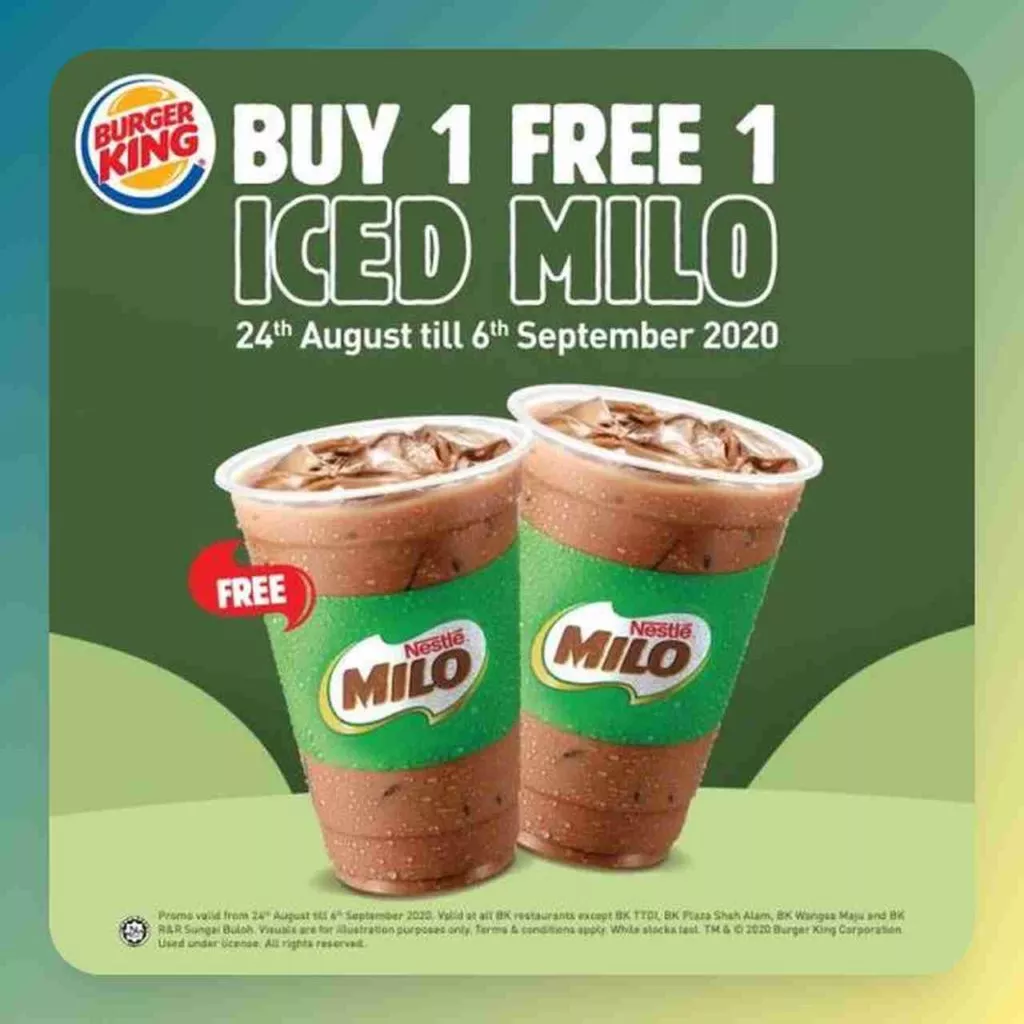
“Free” is a compelling trigger word in marketing, evoking excitement and driving engagement. It taps into consumers’ innate desire for value and savings, prompting them to act swiftly. Key features of using “free” effectively include:
- Value Proposition: Offering something for free provides immediate value to consumers, enticing them to explore further.
- Customer Acquisition: It helps attract new customers and build brand loyalty, as consumers perceive freebies as opportunities not to be missed.
- Transparent Communication: Ensure clarity and transparency in your offer to maintain trust with consumers and avoid any misunderstandings.
Strategically using “free” can enhance your marketing efforts, driving conversions and fostering customer loyalty.
Learn about CTA button colors and the effects here.
3. Now
“Now” creates a sense of urgency and prompts immediate action, making it a powerful trigger word in marketing. Key features of using “now” effectively include:
- Urgency Creation: It instills a fear of missing out (FOMO), compelling consumers to act quickly before the opportunity expires.
- Peak Moments Capitalization: Emphasizing the immediacy of an offer capitalizes on peak moments of consumer interest, driving spontaneous purchasing decisions.
- Authenticity: Use “now” judiciously and authentically to maintain credibility with consumers and avoid overuse or misuse.
When leveraging “now,” ensure that any time-sensitive offers or promotions associated with it are genuine and transparent.
4. New
“New” generates excitement and curiosity, making it a compelling trigger word in marketing. Key features of using “new” effectively include:
- Innovation Showcase: It conveys innovation and relevance, capturing consumers’ interest and driving engagement.
- Differentiation: Introducing new products or features helps businesses stand out from competitors and stay on top-of-mind with consumers.
- Authenticity: Ensure that any claims of novelty associated with “new” are backed by meaningful improvements or additions to maintain credibility with consumers.
5. Win:

Engage your audience’s excitement by incorporating opportunities for them to win prizes. Utilize captivating imagery and bold text to capture attention and ignite participation. By offering chances to win, you tap into the universal desire to feel like a champion.
- Gamification: Incorporating gamification elements into your campaigns can enhance user engagement. This can include interactive quizzes, contests, or challenges where participants have an opportunity to win prizes.
- Visual Appeal: Utilize visually striking images or videos that convey the excitement and allure of the prizes being offered. This can help grab the audience’s attention and create a desire to participate.
- Clear Call-to-Action (CTA): Ensure that your messaging includes a clear and compelling call-to-action prompting users to participate in the contest or promotion. This could be as simple as “Enter Now” or “Find Out How to Win”.
- Prize Relevance: Offer prizes that are relevant to your target audience’s interests and preferences. This increases the perceived value of participating and encourages more engagement.
6. Save:
Appeal to customers’ desire to conserve resources and save money by using promotions and ads that emphasize savings. Leverage language that stimulates action based on the innate drive for self-preservation. This creates an irresistible offer that motivates customers to make purchases.
- Discounts and Deals: Offer discounts, coupons, or limited-time promotions that highlight significant savings for customers. Clearly communicate the amount saved or the percentage discount to emphasize the value proposition.
- Urgency and Scarcity: Create a sense of urgency by indicating limited availability or a countdown timer for the offer. This encourages consumers to act quickly to take advantage of the savings before they expire.
- Social Proof: Incorporate testimonials or reviews from satisfied customers who have saved money by using your products or services. This builds trust and credibility, further motivating others to make a purchase.
- Bundle Offers: Package products or services together to create bundle deals that offer greater value than purchasing items individually. This encourages customers to spend more to maximize their savings.
7. Convert:
In B2B marketing, the term “convert” holds significant importance as every business aims to turn prospects into customers. By strategically using this trigger word, you can inspire action, ultimately driving conversions and achieving marketing goals.
- Lead Nurturing: Implement lead nurturing strategies to guide prospects through sales funnel, and convert them into paying consumers. This may involve personalized email campaigns, targeted content, or one-on-one consultations.
- Value Proposition: Clearly communicate the product info or services’ unique value proposition and how they address the particular needs or pain points of your target audience. This will help you convince prospects of the benefits of choosing your solution.
- CTA Optimization: Optimize your calls to action to be clear, specific, and compelling. Use action-oriented language that prompts prospects to take the next step, whether it’s requesting a demo, signing up for a free trial, or making a purchase.
- Metrics Tracking: Monitor key performance indicators (KPIs) such as conversion rates, lead-to-customer ratio, and customer lifetime value to measure the effectiveness of your conversion strategies. Use this data to continuously refine and improve your approach.
8. Guaranteed:

Instill confidence in your offerings by using the term “guaranteed.” Assure customers of the quality and trust in your products or services, fostering a sense of security. This emotional trigger word establishes trust and credibility, enhancing your brand reputation and encouraging purchase decisions.
- Money-Back Guarantee: Offer a risk-free guarantee, such as a money-back guarantee or satisfaction guarantee, to reassure customers that they can trust the quality of the products or services. This reduces perceived risk and encourages purchase confidence.
- Quality Assurance: Highlight any quality certifications, awards, or industry accolades that demonstrate the superior quality and reliability of your offerings. This provides tangible evidence of your commitment to excellence.
- Transparent Policies: Clearly communicate your guarantee terms and conditions, including any limitations or exceptions, to ensure transparency and avoid misunderstandings. This builds trust and credibility with customers.
- Customer Support: Provide exceptional customer support and service to address issues or concerns that may arise. Promptly resolve customer inquiries or complaints to uphold your guarantee and maintain customer satisfaction.
9. Ultimate
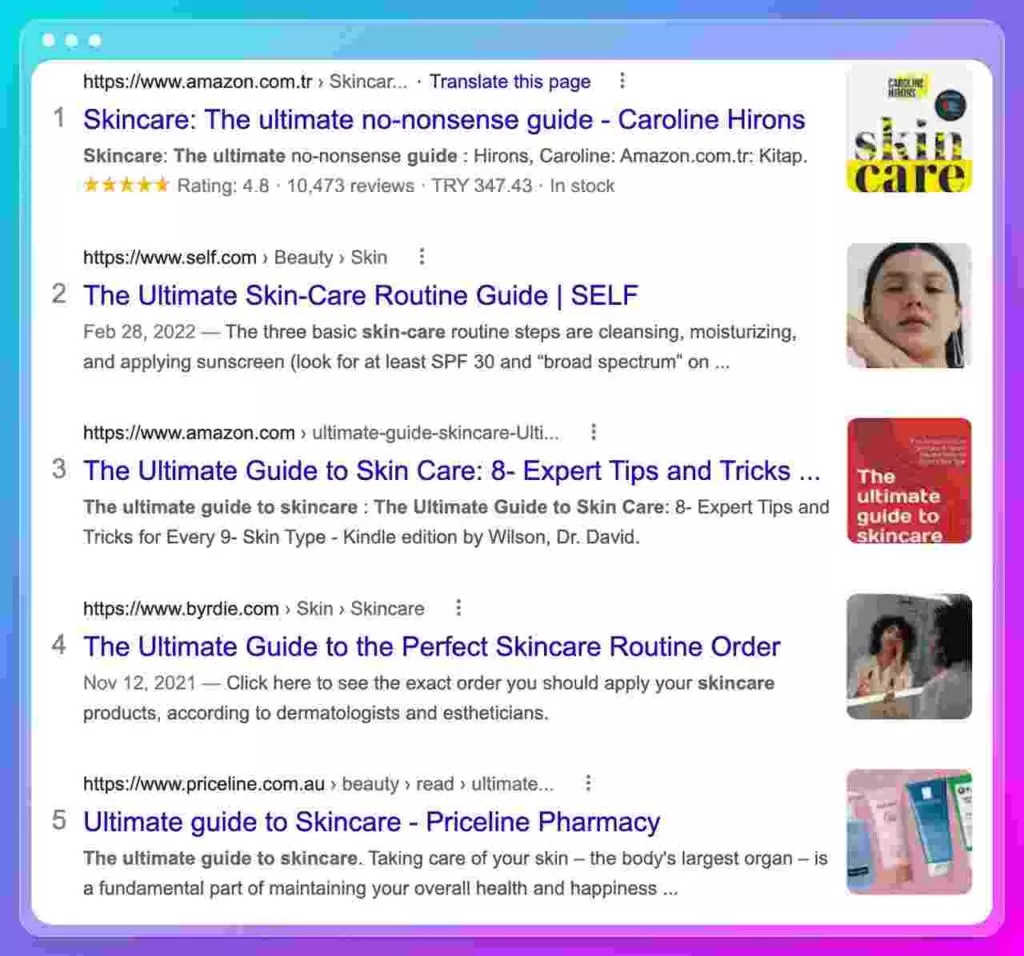
“Ultimate” stands as a potent trigger word, capable of swaying individuals to make decisions that align with their best interests.
Renowned for its persuasive prowess, “ultimate” often conveys a promise of unparalleled excellence in whatever experience it accompanies. A simple Google search reveals numerous headlines across various websites utilizing this impactful term.
When incorporated into advertising, “ultimate” serves as a beacon, signaling to consumers that the promoted product or service epitomizes the highest quality available. It carries the weight of phrases like “the best” or “the very best,” instilling confidence in potential customers.
Moreover, “ultimate” can imply a comprehensive or all-encompassing experience, appealing to readers seeking a complete solution to their needs or desires. This comprehensive nature further enhances its allure.
10. Limited
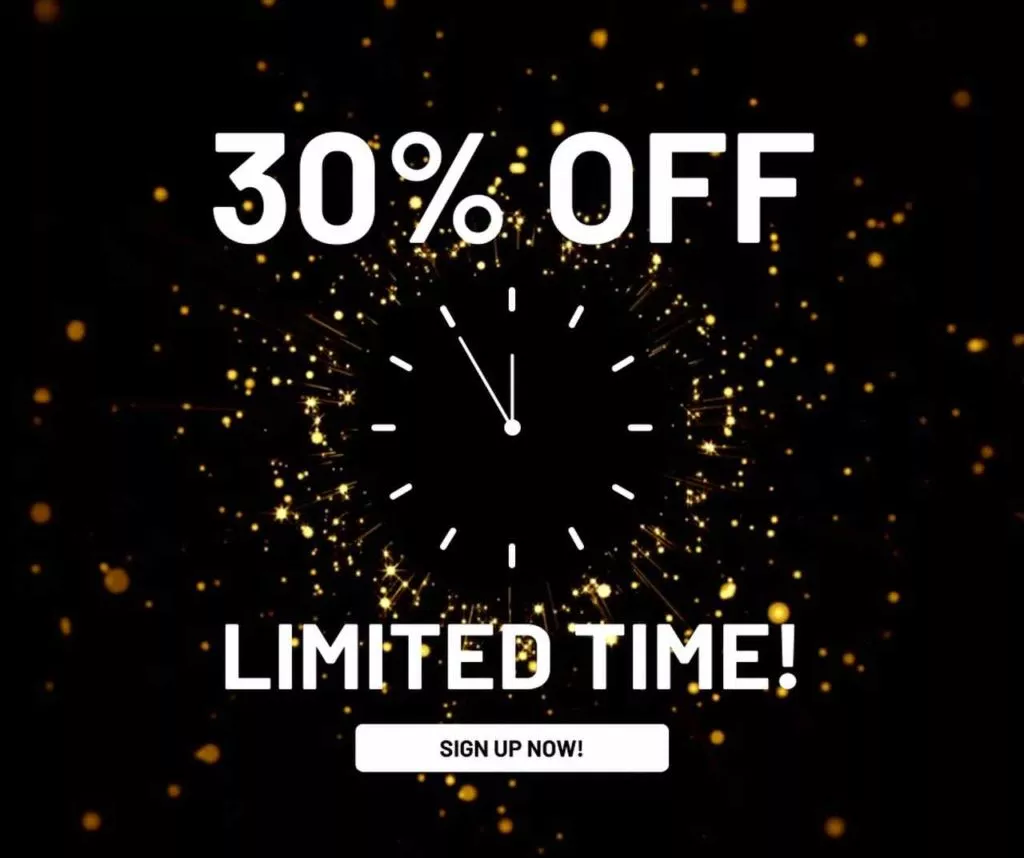
“Limited” serves as another compelling trigger word, igniting a sense of urgency within readers and compelling them to act swiftly.
Its usage in advertising suggests an exclusive or special opportunity that readers risk missing out on if they delay their response. For instance, a marketing ad featuring a prominent clock amidst a black background with a bold proclamation of “30% off Limited time” effectively conveys the urgency associated with the offer.
Scarcity is a powerful driver of demand, and by leveraging the term “limited,” marketers create a perception of heightened value and desirability for the item or service being promoted. This sense of scarcity can prompt consumers to take immediate action, fearing the potential loss of the opportunity presented to them.
Conclusion:
The key lies in discerning when to deploy them and when to refrain. Should your advertisement be saturated with trigger words that feel extraneous or lack relevance (such as “best” or “exclusive”), it runs the risk of alienating readers and causing them to disengage from your message altogether.
Resist the temptation to overutilize or misapply trigger words or phrases; their purpose extends beyond mere attention-grabbing to ensuring that readers find value in what you offer. Remember, it’s essential to deliver on the expectations you set; failing to do so can tarnish your brand’s reputation and erode trust with your audience.
Incorporate trigger words thoughtfully, akin to fulfilling a debt owed to the power they wield.
FAQs on Trigger Words:
How to Attract Readers with Powerful Words?
In marketing, deploying potent terms like “Exclusive,” “Best,” or “Proven” can evoke strong emotions in your readers, compelling them to delve deep into your subject matter. Whether in blog post headlines, popup messages, campaign calls to action, or landing page slogans, these trigger words can effectively pique interest and drive engagement.
Where Can We Use Trigger Words?
Trigger words serve to captivate readers and target audiences alike. Incorporate them strategically into email marketing campaigns, popup calls to action, slogans, marketing copy, blog content, and headlines to bolster their impact and efficacy in drawing attention and persuading users to take action.
How to Attract Readers with Powerful Words?
In marketing, deploying potent terms like “Exclusive,” “Best,” or “Proven” can evoke strong emotions in your readers, compelling them to delve deeper into your subject matter. Whether in blog post headlines, popup messages, campaign calls to action, or landing page slogans, these trigger words can effectively pique interest and drive engagement.
Can Trigger Words Help Improve Conversion Rates?
Yes, when used appropriately, trigger words can indeed improve conversion rates. By tapping into emotions and enticing readers with compelling language, trigger words can motivate them to take desired actions, such as making a purchase, signing up for a newsletter, or clicking through to learn more.
Are Trigger Words Universally Effective Across All Audiences?
While trigger words can be powerful tools in marketing, their effectiveness may vary depending on the target audience and cultural nuances. It’s crucial to understand your audience’s preferences and tailor your messaging accordingly to resonate with their unique needs and values.



